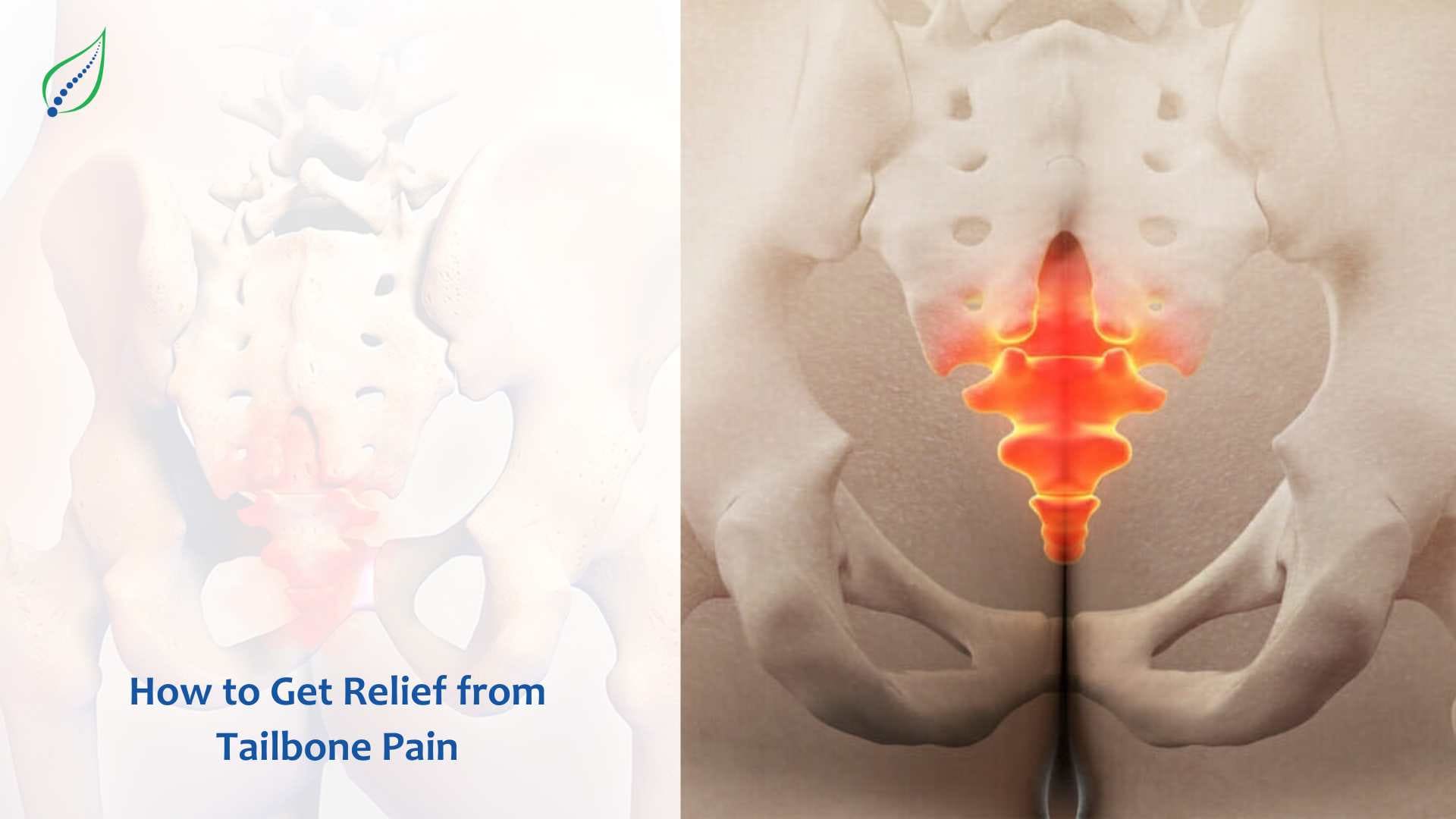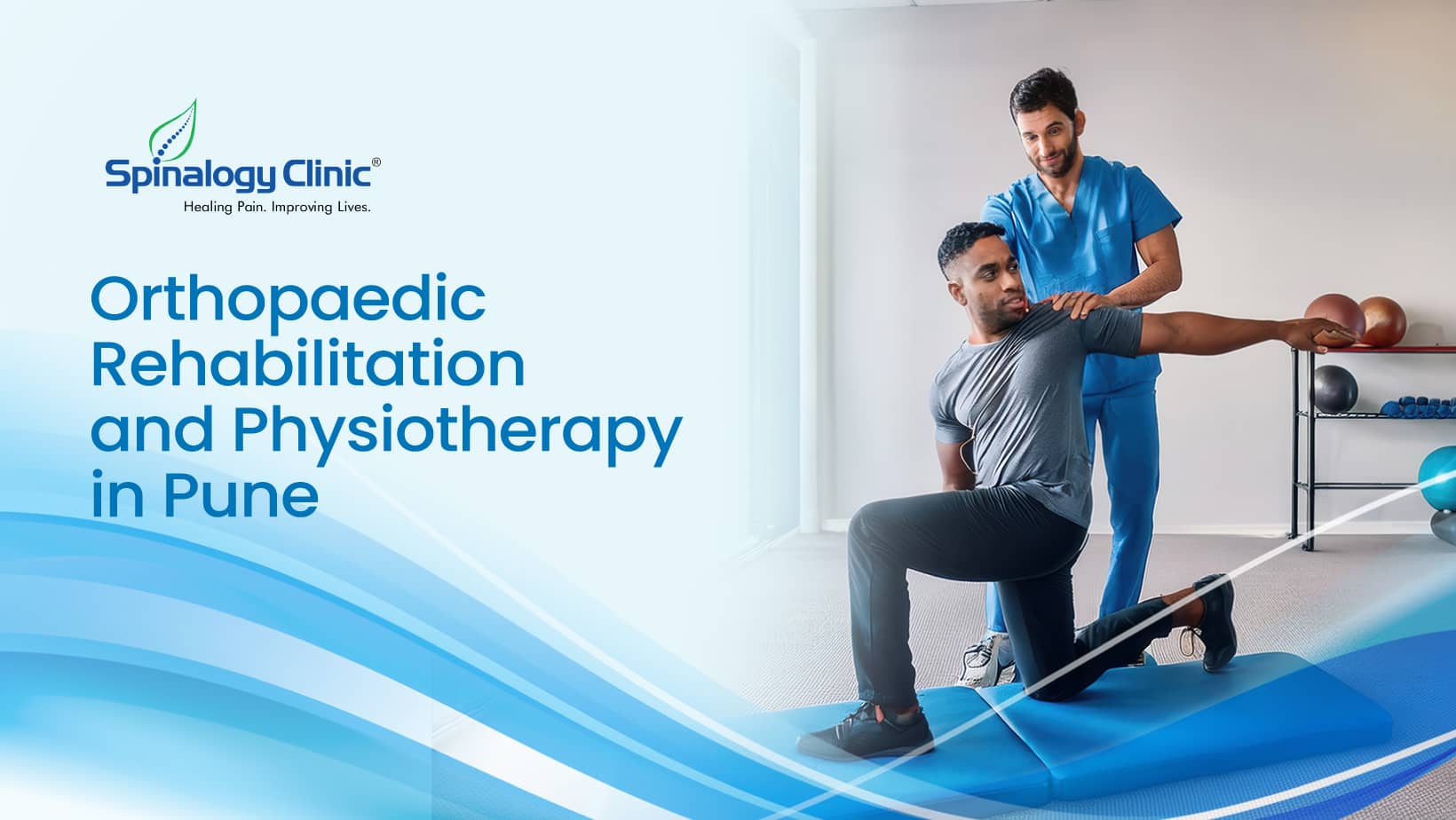How to Get Relief from Tailbone Pain
Tailbone pain, known as coccydynia or coccygodynia, can be an intense pain in the rear part of your body. The intensity of this pain is highest in or around the bony structure at the bottom of the spine which is called coccyx. When you have tailbone pain, it is difficult to sit, stand and even perform your daily activity without discomfort. It can have a huge impact on your daily life, making you frustrated. However, there are several ways that can help you get relief from tailbone pain and manage this condition.
Understanding the Coccyx
Before you get to know about what causes tailbone pain and how you can treat it, get to know about the anatomy of the coccyx. It is a small, triangular bone at the bottom of the spine. It is made of three to five vertebrae and serves as an attachment point for various muscles, tendons and ligaments in the pelvic region.
The coccyx is essential as it helps in weight bearing when sitting and provides stability to the pelvis. Due to the place where it is located, there are high chances of injury and pain.
Common Causes of Tailbone Pain
Tailbone pain can have various causes, including:
- Fall pressurizing the coccyx: if you fall and have a direct impact on the tailbone, it can cause bruising, fracture or dislocation of the coccyx and lead to long term tailbone pain.
- Long hours of sitting: sitting for long hours on surfaces that are either hard or very narrow, such as a narrow bicycle seat, puts excessive pressure on the tailbone, which leads to tailbone pain and high intensity discomfort.
- Joint changes from arthritis: As with other joints in the body, the coccyx can be affected by arthritis, causing inflammation and pain in the surrounding tissues.
- Childbirth: The coccyx becomes highly flexible during pregnancy and childbirth to ensure easier passage for the baby. It increases the mobility but it can also be a major cause of tailbone pain, especially if the coccyx is injured during the process of birthing.
In most cases, tailbone pain resolves on its own within a few weeks or months. However, if the pain persists, it is called chronic coccydynia, and it may require medical attention.
Home Remedies for Tailbone Pain Relief
While waiting for tailbone pain to subside, there are several things you can do at home to ease your discomfort:
- Lean forward while sitting down to take pressure off the tailbone. Adjust your posture to shift your weight forward, reducing the pressure on the coccyx.
- Use a pressure-reduction cushion, such as a wedge-shaped or donut-shaped pillow, to help reduce pain while seated. These cushions redistribute your weight and provide support to the tailbone area.
- Apply heat or ice to the affected area for temporary relief. Heat can help relax tense muscles and increase blood flow, while ice can reduce inflammation and numb pain.
- Take over-the-counter pain relievers like acetaminophen or ibuprofen to manage pain and inflammation. Always follow the recommended dosage and consult with your healthcare provider if you have any concerns.
These simple measures can help make daily activities more bearable while your body heals. However, if your pain persists or worsens despite these home remedies, it's crucial to seek medical advice.
When to Seek Medical Attention
If your tailbone pain doesn't improve with home remedies, it's essential to consult your healthcare provider. In some cases, an MRI may be necessary to check for fractures, joint changes, or, in rare instances, a tumor.
Other signs that warrant medical attention include:
- Severe pain that interferes with daily activities
- Pain that radiates to other areas, such as the legs or buttocks
- Numbness or tingling in the pelvic region
- Difficulty controlling bowel movements or urination
- Unexplained weight loss or fever
Your healthcare provider can help determine the underlying cause of your tailbone pain and recommend an appropriate treatment plan.
Treatment Options for Chronic Tailbone Pain
When tailbone pain becomes chronic, your healthcare provider may recommend one or more of the following treatments:
1. Physical therapy:
A physical therapist can teach you pelvic floor relaxation techniques, such as deep breathing and completely relaxing your pelvic floor muscles, as you would while urinating or defecating. They may also guide you through exercises that strengthen the muscles surrounding the coccyx, improve posture, and reduce pain.
2. Medication:
An injection of a local anaesthetic into the tailbone can provide pain relief. Your healthcare provider may also prescribe muscle relaxants or nerve pain medications to help manage chronic coccydynia.
3. Ganglion Impar Block:
If pain do not reduce after conservative treatment, you doctor might give ganglion impar block with local anaesthesia. Ganglion impar is situated at the level of sacrococcygeal junction. This injection blocks the nociceptive as well as sympathetic fibers resulting in pain relief.
Preventing Tailbone Pain
While not all cases of tailbone pain can be prevented, there are some steps you can take to reduce your risk:
- Avoid sitting for prolonged periods on hard or narrow surfaces. Use cushioned seats or pressure-reducing pillows when possible.
- Use caution when participating in activities that could lead to falls or direct impact on the tailbone, such as cycling or contact sports. Wear protective gear when appropriate.
- Maintain a healthy weight to reduce pressure on the coccyx. Excess weight can strain the muscles and ligaments surrounding the tailbone.
- Practice good posture when sitting and standing. Sit with your back straight and your feet flat on the floor, and avoid slouching or leaning too far back.
- Engage in regular exercise to maintain muscle strength and flexibility in the pelvic region. Low-impact activities like walking, swimming, and yoga can be beneficial.
Living with Tailbone Pain
Dealing with tailbone pain can be frustrating, but it's important to remember that most cases resolve with time and proper care. Be patient with your body and follow your healthcare provider's recommendations. If you experience severe pain, additional symptoms, or a fever, seek medical attention promptly.




